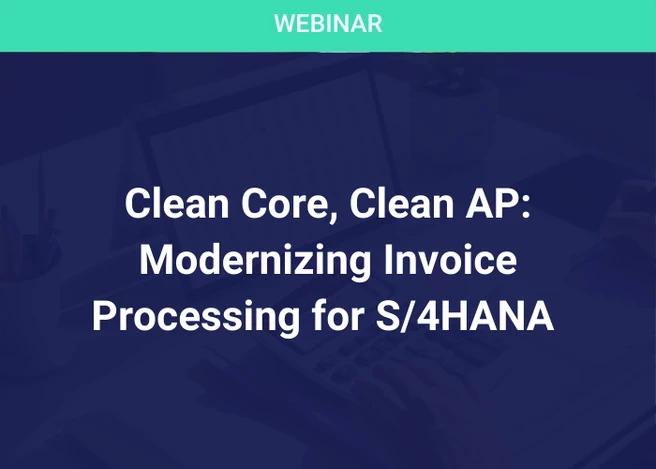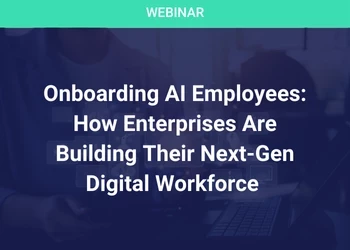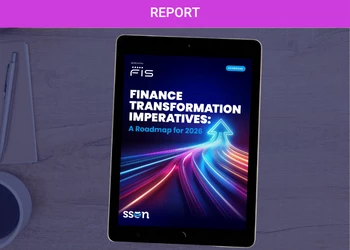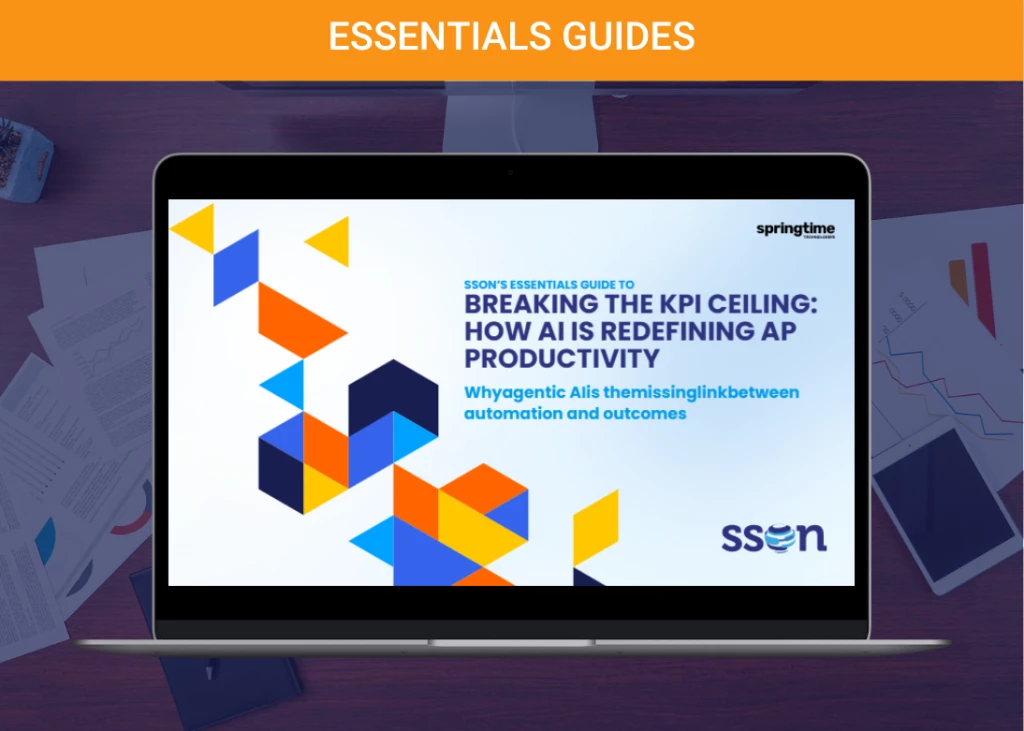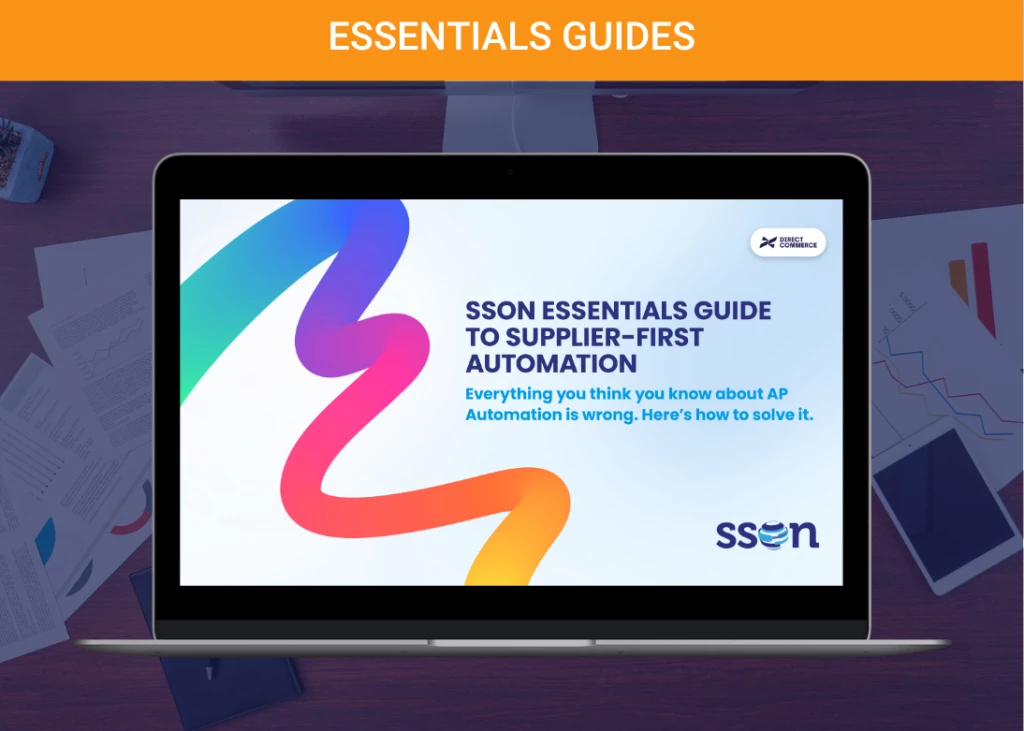Transitioning to a Chargeback Model
Add bookmarkThe Chargeback Model
Although removing IT costs from the business through centralization had enabled savings to be generated at Quintiles, the organization was suffering from undesirable side effects. As financial consequences were divorced from IT investment decision-making, irrational decisions were being made. And since operational groups no longer bore their IT costs, comparative financial analysis of business units was compromised. It was time to implement what had always been planned: a mechanism to charge back the business for its consumption of IT infrastructure.
IT Costs Too Much!
"IT costs too much!" That was the perpetual refrain of senior management at Quintiles Transnational. Fuelled by compound annual revenue growth throughout the 1990s of around 40 percent, and anxious to gain competitive advantage from the emerging e-world, Quintiles had invested heavily in IT.
Consequently, as we emerged with a sigh of relief into January 2000, we found ourself with an annual IT spend in excess of 14 percent of net revenue, a disparate IT infrastructure, and expensive enterprise applications that were not delivering the promised benefits. At the same time, the CIO was announcing that the next wave was a big one, and that we needed a break with the past – and investment in new–enabling technologies to allow the business to transform itself and even the industry in which we operate. At the same time, however, the CFO was demanding immediate reductions in IT expenditure.
So, a strategy was developed to bring these two somewhat contradictory objectives together. The solution was a unified IT structure that would:
- sharpen the business focus of IT
- build a sound and consistent platform for the deployment of our new e-business and other next-generation systems
- provide superior IT infrastructure services while reducing unit costs
- improve our scalability, flexibility and speed
- create centers of expertise, thereby enabling improved services to our geographically distributed locations
- leverage the talents and technical expertise of all of our IT staff: systems development, business solutions and infrastructure services
IT’s mandate would now be to deliver the next generation of enabling platforms and systems whilst minimizing costs. IT infrastructure accounted for more than 70 percent of the IT costs, and was fundamental to riding the big wave. The creation of IT infrastructure as a global, virtual shared service – including the central control and management of infrastructure expenses – would prove to be an essential component of delivering the overall IT strategy.
IT is Free
IT Shared Infrastructure Services (SIS) was born in April 2001. The organization was charged with the ownership and management of global IT infrastructure, including:
- servers
- data centers
- helpdesk
- site support
- collaborative tools
- security
- IT architecture
Its guiding principles were that:
- service levels would be maintained or improved during the integration
- regional computer centers would be established
- servers would be consolidated into the regional centers
- regional helpdesks would be established
- a standard problem and change management system would be used
- computer and telephone networks would be managed centrally
- security would be managed centrally, and implemented regionally and locally
- new applications developed or acquired would be web-enabled
- contracts for standard or broadly deployed hardware, software and services would be negotiated centrally
Early challenges included NIMDA – which took Quintiles’ global networks down for a week – and early successes included reducing IT costs by more than 20 percent in the first year through rigorous cost control and investment appraisal.
However, at the first anniversary of its inception, it became apparent to IT managers that, whilst removing IT costs from the business had enabled savings to be generated, it was at the same time having undesirable side effects.
Since financial consequences were divorced from IT investment decision-making, irrational decisions were being made. These placed unrealistic demands on SIS resources. And since operational groups no longer bore their IT costs, comparative financial analysis of business units was compromised. It was time to implement what had always been planned, namely a mechanism to charge back the business for their consumption of IT infrastructure. The chargeback model was born!
What Does IT Cost?
Starting in the summer of 2002, we began a series of workshops to determine what shape the chargebacks would take. The preference was to be fair and simple, and to incentivize appropriate behavior. We were also determined to crawl before we walked or ran, and were prepared to accept imperfections to get the mechanism implemented. We agreed to move forward with an activity-based model, where unit prices would be set based on the budgeted cost and demand for each service. Businesses would be charged their actual consumption at the budgeted unit price. The businesses were thus incentivized to minimize consumption and SIS was incentivized to minimize unit cost.
A plan was agreed under which we undertook a several-step process to develop the chargebacks.
Step One: Define a Service Model
Our job here was to define the service model for SIS. The services provided by SIS were enumerated and categorized as:
- consumer services
- business applications
- enabling services
Consumer services are customer-facing services and business applications used directly by the user community. Examples of consumer services include the PC on your desk, e-mail, and audio conferencing.
Business applications are the major business applications used for Quintiles’ clinical data management and project management, and by finance and HR.
Underlying both consumer services and applications are a suite of enabling services that support some or all of the consumer services and applications. The Wide and Local Area Networks, near-line and offline storage, and License Management are examples.
Step Two: Calculate Cost Pools
The next stage was to allocate our budgeted costs to the cost pools. At Quintiles, budgets follow a traditional cost centre structure and reflect management responsibility and accountability. Whilst some services (for example desktop provision and support) lie entirely within one cost centre, many are delivered collaboratively.
Having defined the cost pools, we needed to establish the cost of each pool itself. This was a significant challenge since none of our financial processes were designed to create this view of the numbers. We worked through the data available and sought to determine a methodology. We had limited resource: building and maintaining the model would be only part of the job of one individual. So Pareto was important to us, and we developed a methodology "Informed Management Inspection". Under this, we sat with each SIS budget holder and looked for supportable best guesses of the proportion of a particular cost line that was associated with a particular service or application. For example, headcount-related costs were allocated based on estimated staff effort. The managers reviewed each of their staff and assessed the proportion of their time devoted to each service. In some cases timesheet data were available to inform the assessment. The aggregate percentage of the total available staff resource was used to allocate headcount-related costs to the cost pools.
Step Three: Allocate Enabling Services to Consumer Services and Applications
Armed with the cost pools, we determined to use the same "Informed Management Inspection" methodology to allocate the costs of enabling services to consumer services and applications. For example, WAN traffic was analysed, and WAN costs were allocated to the top six or 10 services that account for most of the usage. In Quintiles’ case these were our e-mail, clinical data management and resource management systems.
At this point, the full costs of SIS had been allocated to the consumer services and business applications we provide and support. For administrative ease we grouped similar services, for example including e-mail, instant messaging and document sharing as "collaborative tools", and logistics, helpdesk, and site support as "personal computing".
Step Four: Determine Consumption Drivers
To complete the model we needed a measure of the demand for each of the services. Simplicity drove us to use headcount for "collaborative tools", and number of PCs for "personal computing".
Step Five: Calculate Unit Charge
Dividing the total cost pool by the demand gives the unit chargeback for the following year. Actual charges are then calculated as actual consumption (e.g., headcount, number of PCs) multiplied by the Budgeted Unit Charges.
IT Costs Too Much – Working Together to Minimize Costs
Quintiles began charging for centralized IT in January 2003. As I write, we are beginning discussions with the businesses relating to budget charges for 2004.
Chargebacks have not been popular, and we have been kept busy defending the charges and the level of service provided for those charges. However, as we face 2004, the basic model has stood the test of intensive scrutiny, and moves in to a new year substantially unchanged.
And what of the debate? Well, at first glance we’ve come full circle. Faced with our charges the cry from the businesses is "IT costs too much!" But pause to dig a little deeper. For this is a charge clearly related to the services provided and to the consumption of those services. So listen a little longer and realize that the debate has in fact moved on: "IT costs seem high; how can we work together to minimize the cost?" And that, truly, is progress!
About the Author
Neil Serjeant is Vice President, IT Business and Financial Management, at Quintiles Transnational. In his current role, Neil is part of the executive team leading the creation of Shared IT Infrastructure Services within Quintiles. His specific responsibilities include those of CFO for the global IT organization, IT contracting and licensing and network services billing management. Previously, as Global Program Director for Quintiles Finance and HR Shared Services, Neil led multi-disciplinary teams engaged in the deployment of PeopleSoft HR and Financial software on a global platform and the creation and expansion of Regional Shared Services Centers for HR and Financial operations in the US and Europe. neil.serjeant@quintiles.com

